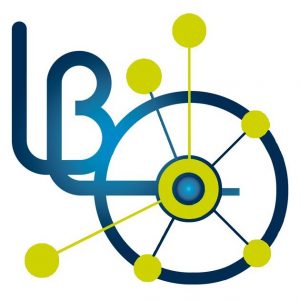When a liquid is cooled (or compressed) to form a glass the time scale of the dynamics rapidly changes many orders of magnitude. The combination of dielectric spectroscopy and quasielastic neutron scattering gives access to time scales from pico- to kilosecond and makes it possible to follow the relaxation dynamics in the liquid from above the melting point and all the way down to the glass transition. Moreover, neutron scattering data give information on the boson peak and fast relaxation in the deeply supercooled liquid.
By using a high pressure cell designed for simultaneous dielectric spectroscopy and neutron scattering [1], we have studied the pressure and temperature dependent dynamics in a handful of different glass-forming liquids including van der Waals liquids, hydrogen bonding liquids and a room temperature ionic liquid [2-4].
The data is analyzed in view of the so-called isomorph theory which predicts the existence of lines in the temperature-pressure phase diagram where dynamics is invariant both in terms of time scale and spectral shape. Another prediction from isomorph theory is that the structure is invariant along the isomorph. With molecular dynamics and scattering experiments this prediction is also tested for an ionic liquid [4-6] and a van der Waals bonded liquid [7].
[1] A. Sanz et al.; Review of Scientific Instruments, 89,023904 (2018).
[2] H.W. Hansen et al.; Nature Communications, 9, 218 (2018).
[3] H.W. Hansen et al.;Journal of Chemical Physics, 149, 214503 (2018).
[4] H.W. Hansen et. al.; Physical Chemistry Chemical Physics, 22, 14169 (2020).
[5] P. A. Knudsen et. al.; Journal of Chemical Physics, 155, 054506 (2021).
[6] P. A. Knudsen et. al.; Journal of Chemical Physics, 160, 034503 (2024).
[7] E. H. Lørup et. al. Work in progress.




